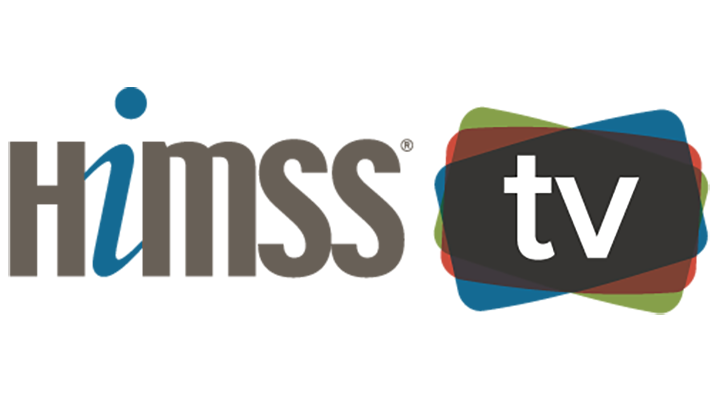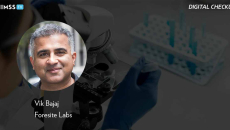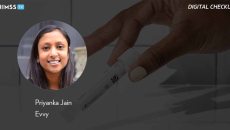HIMSS TV
Kaiser Permanente's Surya Shenoy, a clinical informatics consultant, says HIMSS' vision and mission inspire her to keep human connection at the core of her service to patients and mentees.
Only between 5% and 10% of healthcare data is accessed today, says MDClone President Bruno Lempernesse, who believes combining the right technology with strong governance can help organizations more easily gain insights from data.
Consolidating vaccine records from multiple providers and recommending additional needed doses has big benefits for patients, says Rebecca Coyle, executive director of the American Immunization Registry Association.
The UAE event will focus on the promise of artificial intelligence for healthcare and creating a future-ready workforce, says Dr. Tamara Sunbul, chair of HIMSS Middle East Community.
After the Change Healthcare breach, healthcare organizations are diversifying their buying strategies and asking about vendors' cybersecurity policies, says Karly Rowe, interim president of Inovalon's provider business unit.
Anika Gardenhire, RN, chief digital and transformation officer, offers her perspective on improving IT support for the clinician and patient experience, and insights on data informing decision making for operational processes.
The American College of Clinical Engineering and HIMSS are collaborating to promote safe, effective healthcare technology, says Ilir Kullolli, VP & COO for digital information solutions at Stanford Medicine Children's Health and a HIMSS25 Changemaker.
But Vik Bajaj, cofounder and CEO of Foresite Labs, says the NIH and associated research-focused programs in the U.S. will always remain a leading funding vehicle for biomedical innovation and training worldwide.
Evvy is expanding into fertility care by analyzing the vaginal microbiome’s composition to uncover predictive insights into potential fertility outcomes, explains Priyanka Jain, the company's cofounder and CEO.
UC San Diego Health works with clinicians, patients, designers and IT teams to develop digital tools that improve patient experience, says Keisuke Nakagawa, director of strategic impact at UCSD and a HIMSS25 Changemaker.










